This article may contain spoilers.
While it’s a well-known fact that queer characters are fodder for horrific cinematic deaths, in some cases, out and coded villains are too conniving to be killed off. For decades, sexually fluid women — in the forms of femme fatales, succubi and outright psychopaths — have stalked their prey in genre films that underscore how untrustworthy women who seek the company of other women (and occasionally men) can be.
“There’s an evil quality that a lot of films put on bisexual characters, showing how threatened our society is by people who can go both ways. If you can go both ways, you can do anything,” said Jasia Ka, an Emmy-winning director whose new episodic short film, “Bushwitches,” centers on a queer coven in Brooklyn, New York. “These people are unpredictable, and they might just kill you.”
Ka, whose latest project was partly inspired by the 2016 horror-comedy “The Love Witch,” which features a murderous sapphic, said she has long been a consumer of titles about sexually fluid women performing violent acts. Like many queer horror fans of a certain age, Ka grew up on classics like Karyn Kusama’s “Jennifer’s Body,” which stars Megan Fox as the titular protagonist and Amanda Seyfried as her best friend, Needy.
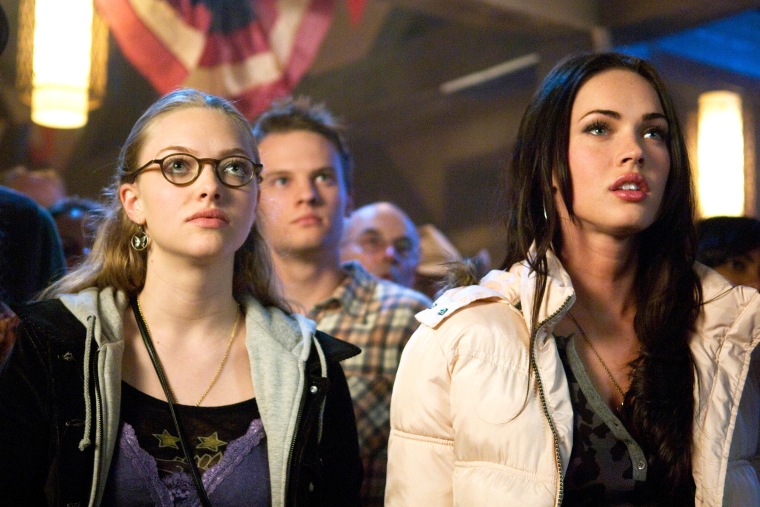
“It was a formative film to watch as a teen. That was probably one of the first times I personally saw queer visibility in a blockbuster film,” Ka said of Kusama’s campy 2009 horror. “I remember feeling excited to see Jennifer and Needy’s electric chemistry, and also, unfortunately, some level of shame.”
“Jennifer’s Body,” about a high school girl who is transformed into a murderous succubus after being sacrificed by an emo boy band, isn’t the most flattering depiction of female sexuality on its face. Jennifer (Fox) uses her charms to seduce and kill male students, and, as Ka explained, for “a young queer girl figuring herself out,” it can be hard not to internalize a pile of bodies being the backdrop for Jennifer’s flirtation with Needy (Seyfried).
Other films that have famously used the trope, like “Basic Instinct,” have elicited similarly conflicted responses from queer audiences over the years. In Paul Verhoeven’s 1992 bisexual killer classic, a stunning Sharon Stone plays a crime novelist who becomes the prime suspect in a murder case that bears a striking resemblance to the plot of her recent book. The film follows the steamy cat-and-mouse affair between Catherine (Stone) and the detective on the case, Nick (Michael Douglas), which inflames the murderous tendencies of multiple women, including Catherine’s paramour, Roxy (Leilani Sarelle), and Nick’s on-again-off-again flame and psychiatrist, Beth (Jeanne Tripplehorn).
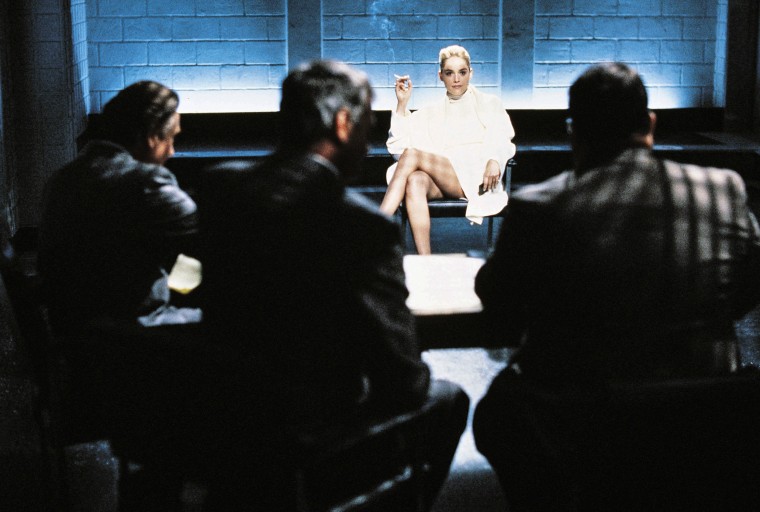
Although both films have benefited from feminist and queer rereadings since their releases, their central killer women remind viewers of the particular dangers of people who combine feminine wiles and sapphic tendencies — like many thrillers, mysteries and other horror flicks that came before.
Femme fatales and dangerous love triangles
While there aren’t many well-documented examples of the murderous sapphic trope from the first five decades of cinema — thanks to Hollywood’s Hays Code and the censorship of foreign films when they were released abroad — there are a few noteworthy exceptions. The one that has probably had the most lasting impact is Henri-Georges Clouzot’s genuinely frightening 1955 film “Les Diaboliques” (or “Diabolique” in the U.S.) starring Simone Signoret and Véra Clouzot, the filmmaker’s then-wife.
Set in a deteriorating boys school, the ghostly French thriller centers on the wife of a domineering schoolmaster (Paul Meurisse) whose continual abuse eventually inspires his wife (Clouzot) and mistress (Signoret) to join forces and plot his murder. But the women’s heavily coded relationship is more than one of convenience, a point that seems to have eluded U.S. censors. Throughout the film, the women engage in frequent embraces and occasionally share a bed, while plotting and carrying out a murder “in the coziest, clammiest fashion,” as a New York Times review from the time put it.
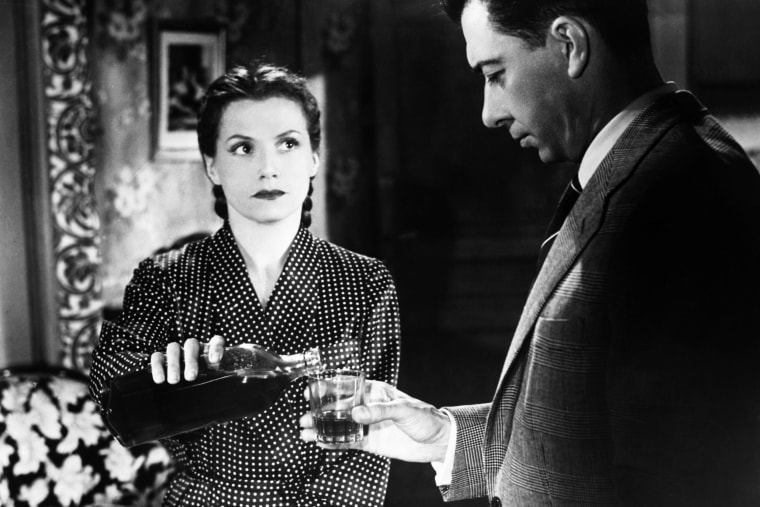
Like many 20th-century films that would go on to employ the trope, the harrowing end of “Les Diaboliques” counteracts its characters’ cozy relationship with a betrayal that affirms heteronormativity. It’s no coincidence that Signoret’s callous, conniving and irresistible character is at the heart of it: Films portraying a sapphic murder plot typically reinforce the idea that it’s the oversexed bisexual that you have to watch out for, after all.
“In previous iterations of the fluid femme fatale, it has the tendency not to feel empowering or liberating or authentic,” Jennifer Reeder, the acclaimed director of queer-inflected horrors like 2019’s “Knives and Skin,” said of the trope. “Probably because a lot of those films were authored by men, it has a tendency to just cater to male desire and the fantasy of being the third wheel in some sort of love triangle.”
Reeder, whose latest feature, “Perpetrator,” is a coming-of-age, supernatural horror starring Kiah McKirnan and Alicia Silverstone, added: “In a very flat, ham-fisted read of sexually fluid women, that equates to a complicated agency over their own desire.”
While films that employ the murderous sapphic trope often use a treacherous love triangle to communicate the lack of agency that Reeder alluded to, in some cases, it’s what the women do to perfect strangers that makes them monstrous.
Wes Craven’s 1972 exploitation film, “The Last House on the Left,” for example, depicts a psychopathic foursome who abduct two teenage girls after one of their members expresses her desire for female company. The group of sexually deviant sadists then brutally murders their victims in the woods outside one of the girls’ homes. Afterward, the killers coincidentally take shelter at her nearby address, where the girl’s parents suss out the situation and enact their revenge.
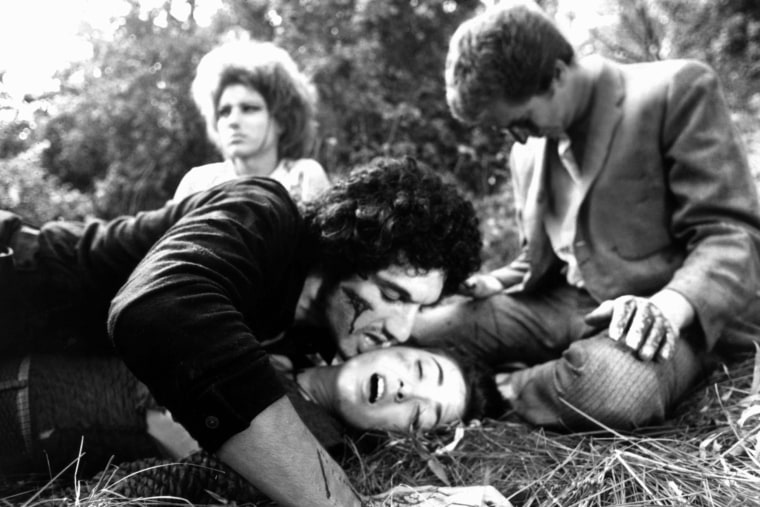
While Craven’s debut feature sparked outrage when it was released, realistically, many films from the era and since showcase similar characterizations of violent women. Beginning at the end of the 1960s, giallo films — the highly stylized and often graphic Italian thrillers that exploded in popularity in the ‘70s — depicted murderous women bed-hopping between male and female lovers. In the same era, Hollywood saw the rise of sexploitation films and the sapphic vampire subgenre, which brought together violence and sexual fluidity in a big way.
By the ‘90s, thrillers like “Basic Instinct” thrived off of the idea that a beautiful woman can’t be trusted, but a beautiful queer woman really can’t be trusted.
Depraved bisexuals and beautiful psychopaths
Ahead of the more unhinged era of the early aughts to the 2010s, which produced “Jennifer’s Body” and Lucky McKee’s doll-themed, serial-killer film “May,” 1990s films portrayed gorgeous and somehow simultaneously erratic and conniving queer women who are always one step away from taking someone out.
In 1998’s “Wild Things,” Denise Richards and scream queen Neve Campbell play high schoolers who get involved in a greed-driven plot that ends with three people dead. And in the very sexy 1996 neo-noir film “Bound” — a markedly pro-sapphic example of the trope from the Wachowski sisters — Jennifer Tilly and Gina Gershon are neighbors-turned-lovers who leave a trail of bodies in their wake, while plotting to double-cross the mob.
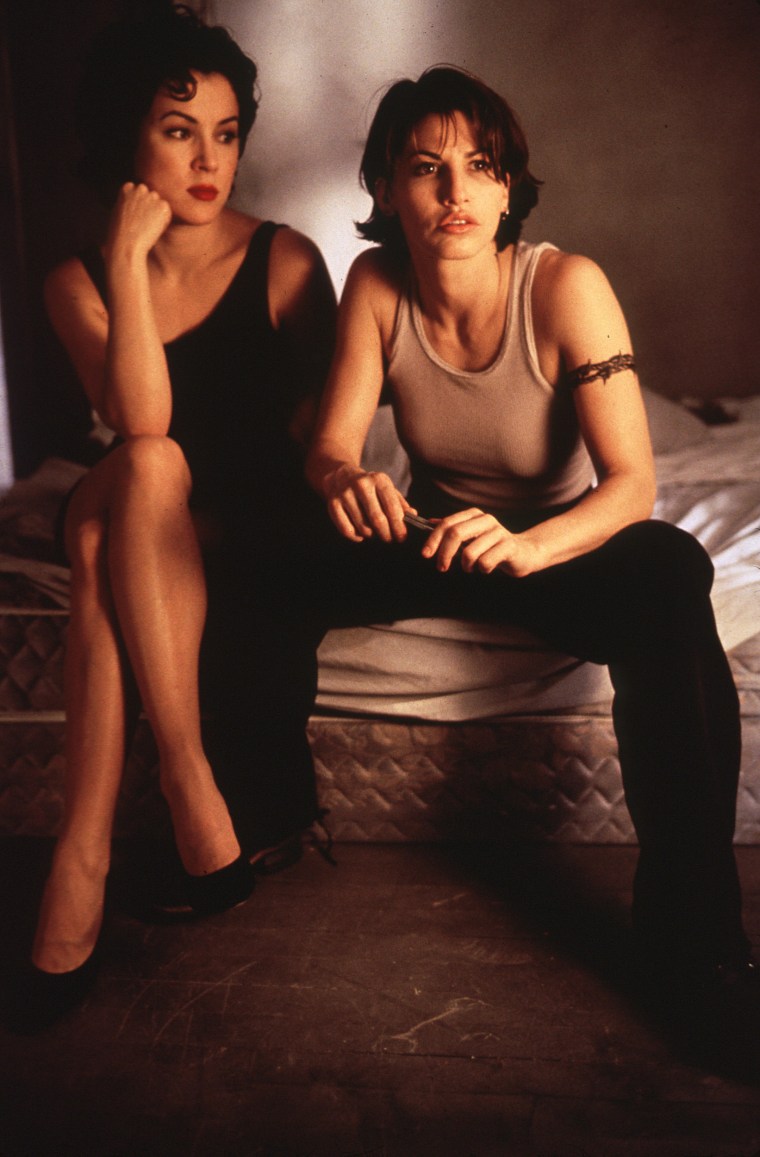
While many of these films and other sapphic thrillers from the era make good guilty-pleasure watches, they don’t exactly right any of the wrongs of their predecessors. Their sexually fluid killers still fit neatly into the category of “the depraved bisexual,” even if some of them — like Tilly’s character in “Bound” and Stone’s in “Basic Instinct” — are more assured about their queerness. And like an array of more recent action and horror films, they continue to use sexual fluidity for the problematic purpose of making violent women more sexually appealing and therefore watchable for male audiences, according to Reeder.
“The fluid woman still being entirely about male desire, in my opinion, feeds into some cultural ability to continually dispose of women, whether it’s a film character or women of a certain age,” she said, drawing a comparison to how adolescent girls are often disposed of in horrors through the “dead girl” trope. “There’s a kind of erasure that happens in sexual fluidity that is about male desire: It’s erasing female desire.”
By removing the possibility of more threatening types of desire, Reeder added, films make these killers more palatable for male audiences.
“A violent woman still has to be f---able, for lack of a better word, instead of just being violent on her own terms,” she said. “The idea is that audiences can’t tolerate a killer woman just on that trait alone.”
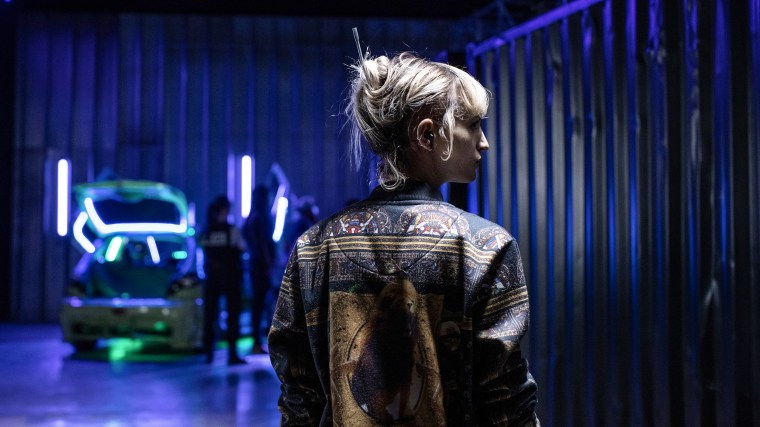
In some recent cases, however, filmmakers have chosen to push assumptions about what audiences can tolerate. Director Julia Ducournau’s “Titane,” for example, centers on a sexually fluid, gender-bending psychopath (Agathe Rousselle) who is defined by her apathetic view of human life. The 2021 body horror — which won the Palme d’Or at that year’s Cannes Film Festival — dispenses with a binary approach to gender and sexuality, offering a character who feels much closer to the “bisexual” of today, and refuses to link issues of identity and violence. The fact that Alexia (Rousselle) happens to be a cold-blooded killer is just another character trait, rather than a cause or symptom of her fluidity.
Korean auteur Park Chan-wook’s 2016 masterpiece “The Handmaiden” uses every stereotype of sexually fluid female killers to craft one of the most unexpected lesbian romance-horrors ever made. In the film, which stars Kim Min-hee and Kim Tae-ri as a solitary, tortured heiress and a presumably self-sufficient thief, the betrayals go so deep that they no longer feel like betrayals by the end. And while the film’s multiple victims don’t die by either of the women’s hands, the lovers ensure they’re disposed of in a gruesome fashion.
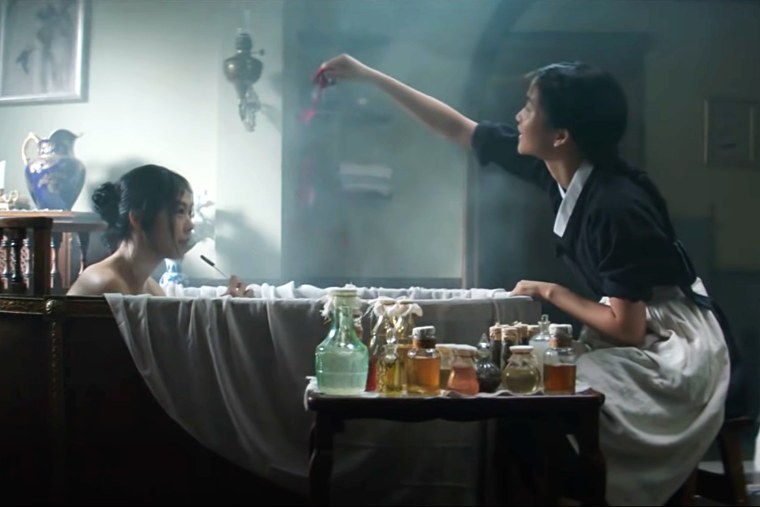
Though the murderous sapphic may be undergoing a slow reinvention — with the help of foreign, female and queer directors — the more damaging trappings of the trope are alive and well in horror, which continues its tenuous relationship with queer characters.
“We almost always see queer characters die, unless they are the killer and somehow they get away with it,” Ka said. “It gets old seeing queer characters on screen get punished or killed off more often than not. Call me an optimist, but I’d like to see a version of ‘Jennifer’s Body’ or ‘Basic Instinct’ where the women get to stay alive and continue wreaking havoc.”
